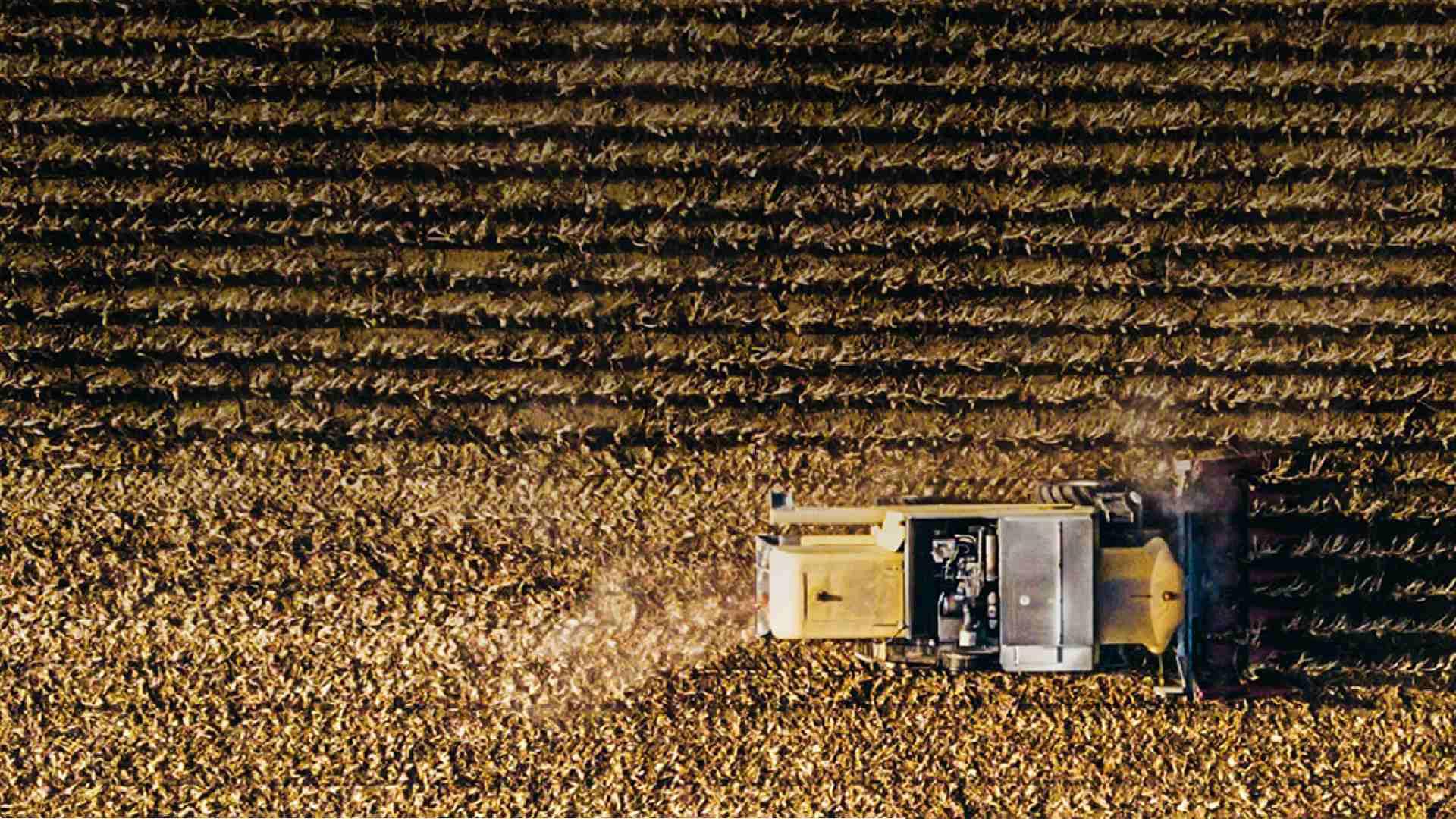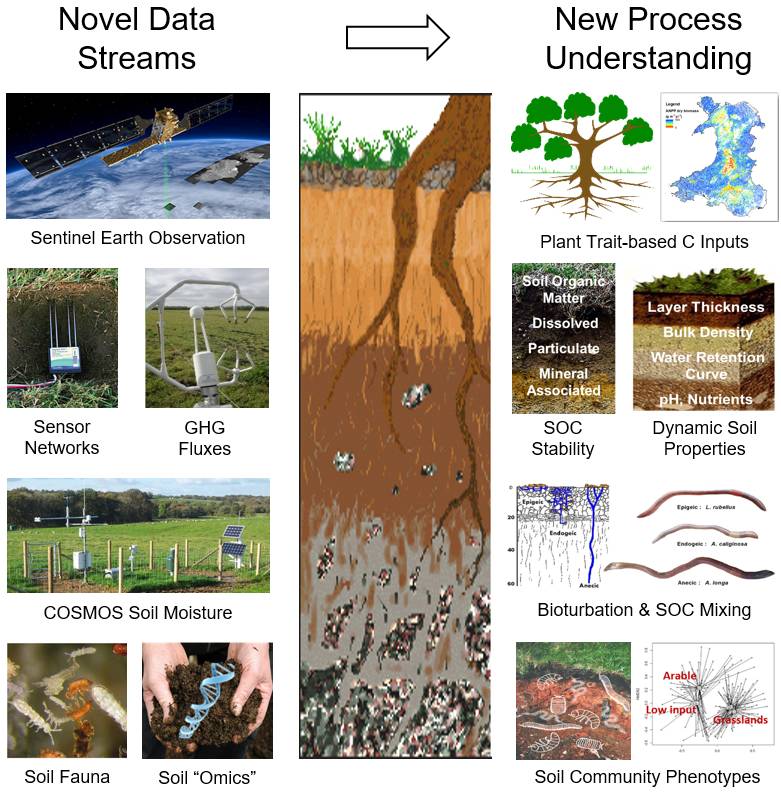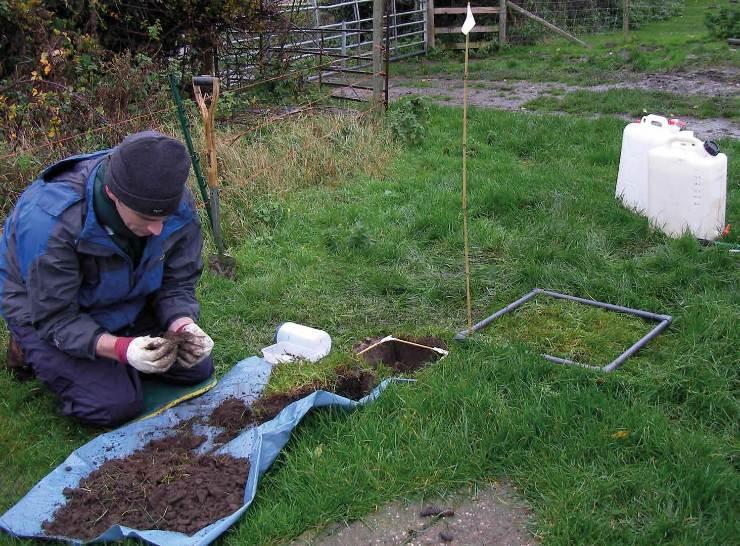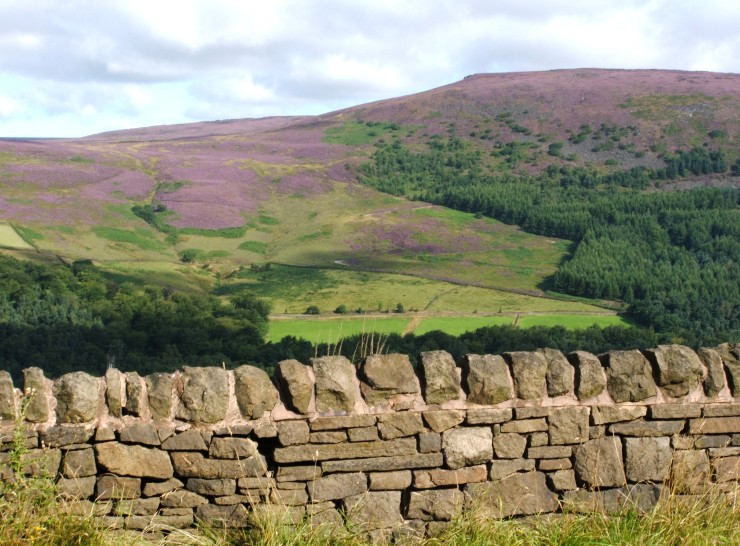Science challenge
We aim to better understand the biotic and abiotic controls on the dynamics of soil organic carbon, to determine where UK soil carbon stocks are most at risk of loss, and to identify opportunities to increase soil carbon storage through land management policies and practices.
Soils underpin many important aspects of a functioning society including agriculture, food security, climate change mitigation, flood risk management and urban development. Soil organic carbon (SOC) content is a critical soil property contributing to these functions.
The dynamics of SOC are complex and highly variable depending on geology, climate, vegetation and land-use. Changes in SOC can be gradual in response to chronic pressures (such as climate change) or rapid when acute disturbances occur (for example, land use change and/or pollutant contamination).
There are critical uncertainties in our understanding of SOC dynamics which limit our ability to forecast the likely rate and extent of soil carbon change in response to the complex interacting set of local and global drivers.
“Healthy soils (both urban and rural) are important for food production and human wellbeing. Soil health cannot be measured directly, so indicators (physical, chemical, and biological properties, processes, or characteristics) are generally used. These measurable properties of soil or plants provide clues about how well the soil can function.”
House of Commons Environmental Audit Committee Report on Soil Health 2016-17
Project summary
Recent reviews and initiatives such as the NERC Soil Security Programme highlight a paradigm shift in our understanding of critical controls on SOC from strictly chemical to biological and structural processes. The SOC-D project tested the evidence base for these critical controls in all key UK land use-soil combinations. The project also identified potential causal links between soil biota, soil structure and soil function using UKCEH’s 40 year national soil monitoring programme, and long term experimental and monitoring sites maintained by UKCEH and our partners. SOC-D exploited a range of technologies to capture new knowledge and build a flexible, modular, process-based model of SOC dynamics which can also be embedded within other community soils models.
Science Questions
- What is the sensitivity of SOC to local or global changes in climate and land management?
- What critical feedbacks link SOC with soil structure, chemistry and functional biota?
- What soil metrics and modelling approaches best reflect the new understanding of SOC dynamics?
- What areas in the UK are most at risk of losing SOC, and where can SOC be protected or increased?

 Objectives
Objectives
